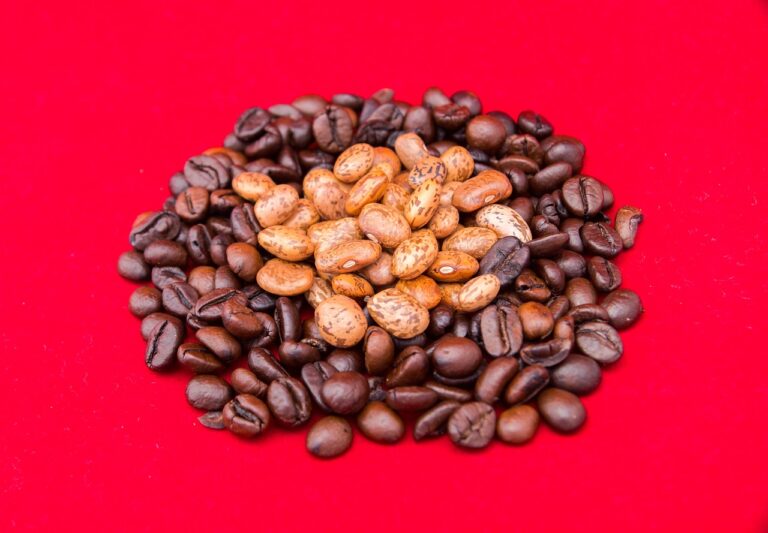Food and the Environment: Exploring the Connection Between What We Eat and Climate Change
Agriculture plays a significant role in climate change due to various practices associated with food production. Deforestation, primarily for expanding agricultural land, releases carbon dioxide into the atmosphere, contributing to global warming. Additionally, the use of fertilizers in farming releases nitrous oxide, a potent greenhouse gas that enhances the greenhouse effect and warms the planet.
Livestock farming also contributes to climate change through the release of methane gas during digestion and manure management. Methane, a potent greenhouse gas, is released in large quantities from livestock, especially cattle. This gas is a significant driver of global warming as it has a much higher heat-trapping potential than carbon dioxide.
• Deforestation for expanding agricultural land releases carbon dioxide into the atmosphere
• Use of fertilizers in farming releases nitrous oxide, a potent greenhouse gas
• Livestock farming contributes to climate change through methane gas release during digestion and manure management
These practices in agriculture have a significant impact on climate change by increasing the concentration of greenhouse gases in the atmosphere. The accumulation of these gases traps heat from the sun, leading to global warming and changes in weather patterns. As the demand for food continues to grow with population increase, it is essential to address these issues and implement sustainable practices in agriculture to mitigate their effects on climate change.
The Role of Livestock Farming in Greenhouse Gas Emissions
Livestock farming plays a significant role in greenhouse gas emissions. A key contributor to these emissions is enteric fermentation, the digestive process that ruminant animals such as cows undergo, releasing methane into the atmosphere. Methane is a potent greenhouse gas, having a much higher warming potential than carbon dioxide.
In addition to enteric fermentation, the production and transportation of feed for livestock also contribute to greenhouse gas emissions. Deforestation for pastureland and feed crops further exacerbates the environmental impact of livestock farming. The intensive nature of modern animal agriculture, with large-scale production facilities and high demand for animal products, has led to a substantial increase in greenhouse gas emissions from the sector.
How Food Production Contributes to Deforestation
Deforestation is closely linked to food production, particularly in regions where land is cleared to make space for agriculture. As the global demand for food continues to rise, forests are being cleared at an alarming rate to create land for farming and grazing. This practice not only destroys vital ecosystems and biodiversity but also contributes to the release of carbon dioxide, a major greenhouse gas that accelerates climate change.
Large-scale agriculture, especially for commodity crops like soybeans, palm oil, and cattle ranching, is a significant driver of deforestation worldwide. The expansion of farmland often involves the clear-cutting of forests, resulting in the loss of valuable carbon sinks and habitats for countless plant and animal species. In addition, deforestation disrupts the water cycle, degrades soil quality, and can lead to long-term environmental consequences that affect both local communities and the planet as a whole.
How does agriculture contribute to climate change?
Agriculture contributes to climate change through activities such as deforestation, use of fossil fuels for machinery, and emissions of greenhouse gases from livestock.
What is the role of livestock farming in greenhouse gas emissions?
Livestock farming is a major contributor to greenhouse gas emissions, particularly methane and nitrous oxide, which are powerful greenhouse gases that contribute to global warming.
How does food production contribute to deforestation?
Food production contributes to deforestation through the clearing of land for agriculture, particularly for crops such as soy and palm oil, as well as for pastureland for livestock grazing. This leads to the loss of valuable forests which play a critical role in sequestering carbon and maintaining biodiversity.







